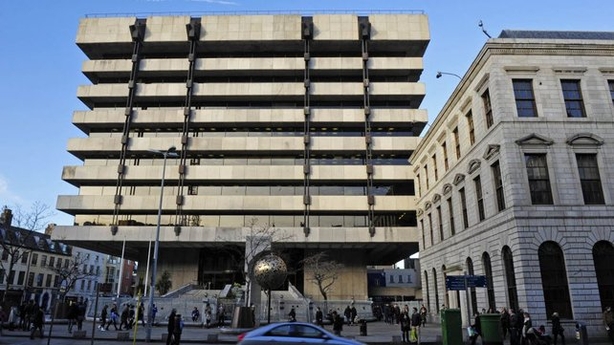The Central Bank has said that new lending to the country's SMEs has grown strongly since the start of 2014.
In its latest SME Market Report, the Central Bank said that lending to SMEs in the first quarter of this year rose by 4.8% compared the same time last year to a total of €2.7 billion.
The report gives a snap-shot of developments in the Irish small and medium sized enterprise credit market, providing information on credit demand, credit access, loan terms, loan default and interest rates.
It looks at non-financial and non-property businesses.
It shows that new lending in the construction sector increased by 36% in the first quarter of this year, while the agriculture sector saw growth of 7.7% and the manufacturing sector increased its loans by 1.8%.
However lending declined in the wholesale and retail sectors, hotel and restaurant sectors as well as the services sector.
The average new loan balance is currently €36,387 while the average new overdraft balance is €14,664, today's report shows.
The Central Bank also said that demand for credit declined again. 26% of SMEs applied for loans in the latest RED C SME Credit Demand Survey which ran from October 2015 to March 2016, down from 30% in the previous survey.
Most of the credit applications are for working capital purposes (39%), followed by new vehicles and equipment (28%) and growth and expansion (22%).
Rejection rates also declined in the latest survey. The Central Bank said that across all SME sizes, the rejection rate fell from 15% in September 2015 to 11% in March of this year and are now in line with the euro area average.

Today's report also shows that the level of indebtedness for SMEs is declining. The median debt-to-turnover radio has declined from 5.5% in September to 4.5% in March. It had hit a peak of 10% in March 2014.
It also noted that the firms with no debt has increased from 23% in September 2013 to 37% in the latest survey.
On default rates, the Central Bank said they have improved with the rate falling to 26% in 2013 to 18.5% in 2015.
Default rates are highest in the construction, hotels/restaurants and personal sectors. They are also spread evenly across the country's regions.
The Central Bank said that interest rates for SMEs in Ireland were similar to the European Union up to 2014. But since then, rates have declined in Europe while they remain about 6% in Ireland.

